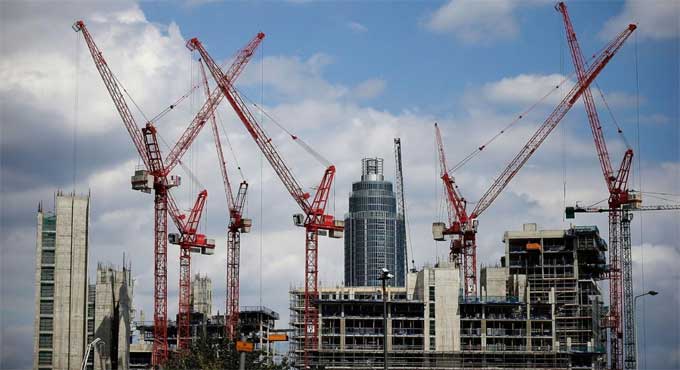
Top 8 picks for Construction Technology Trends in 2023

With a 17% increase in total construction starts in 2022, the construction industry has thrived despite challenges like labor shortages and economic uncertainty. With these economic warnings in mind, it is imperative that construction companies adopt technologies that increase productivity and efficiency.
Integrated Platforms
End users are telling vendors that multiple point solutions have disadvantages and are shifting their efforts toward building robust integrated platforms. Many companies are unable to scale point solutions, which make them impractical. Further, the COVID 19 pandemic added pressure to synchronize and digitize workflows, so project teams could work from multiple locations and still stay productive.
Platforms that integrate workflows simplify operations and support the majority of daily tasks. More than five operational use cases are addressed by 20 percent of construction technology companies.
BIM Integration with GIS Data
A time not so long ago, building information modeling and geographic information systems lived independently. Geospatial shapes and environmental assets can be visualized using BIM and GIS. The ability to incorporate BIM and GIS data is being realized by an innovator who is working on enhancing design and creating information-rich models.
Embrace Automatic Machinery
Automated machinery is slowly but surely gaining traction in the construction industry. As an early adopter of the technology, the mining industry has been a pioneer. However, autonomous vehicles are not commonly used in construction due to a few factors.
Network coverage is not always reliable, wireless networks do not have ample data upload capacity, and other machinery can interrupt a network connection. The implementation of network solutions that address these issues of capacity, coverage, and connectivity on the job site is the first step to support autonomy.
More Application on Digital Twins
Digital twins are another market set to grow substantially in the coming years. Construction digital twins can be digital replicas of physical buildings or municipal assets such as roads or highways. Globally, owners are looking for ways to improve operations, maintenance, and planning by using digital twins of their assets.
Asset Owners are not the only ones getting on board with digital twin technology. Latest digital twin trends point to software vendors increasing digital twin capabilities, streaming interfaces, speeding up simulation times, and investing in considerable improvements.
Cloud Base Software
Cloud computing has largely caught on among the construction industry, but stragglers are likely to follow soon. There will be new integrations from leading construction cloud technology providers that will affect technology selection and stickiness.
Companies are integrating Internet of Things devices with cloud computing to gather more impactful data. Today, construction companies continue with cloud computing to lower costs, reduce risks, and process big data more scalable.
Apply Technology for Advanced Sustainability
Sustainability has become less of an afterthought in the construction industry with each passing year. Embedded carbon is a fixed quantity, energy costs are high, and resources are limited. It is expected that many electric machines will be introduced to the market in 2021 and 2022. We will likely see more adoption of this technology in the future as battery life and cost improve, and as regulatory and financial incentives incentivize OEMs.
Focus Trends after 2023
Refocus on Digital Tools Training
The most common reason why digital workflows are not used or are used infrequently is insufficient training. Stakeholder connectedness can be improved by more training on digital workflow tools.
For technology vendors to meet our expectations, you can expect more training to be included in implementation plans, and for organizations to invest in making technology power users.
Technology Workers Availability
Many experienced professionals are seeking a new job due to large companies such as Twitter, Amazon, and Accenture cutting thousands of positions. This presents an opportunity for construction companies that are having difficulty filling positions. It is possible that companies may utilize the newly available top tech talent for positions such as project management, technology, cost management, and others.
Use Robots for Labor Shortage
Construction sites are now home to robots that once seemed like a futuristic improbability. Industry executives are looking for ways to maximize output using existing resources due to a shortage of skilled workers. Construction robots are providing an effective complement to worker efforts.
To learn more, watch the following video tutorial.
Video Source: Dahir Insaat
Robots may soon take over monotonous, time consuming construction tasks, although they won't replace construction workers.
Digital Process Investment
As organizations invest in technology, they will enhance the efficiency of their workflows in 2023. A digital transformation of their processes from paper to pixels may be the first step in the process for some organizations. Similarly, some will see this as a way to improve their already digital document management, design processes, and field operations, as well as obtaining vital data to drive their business strategy.


